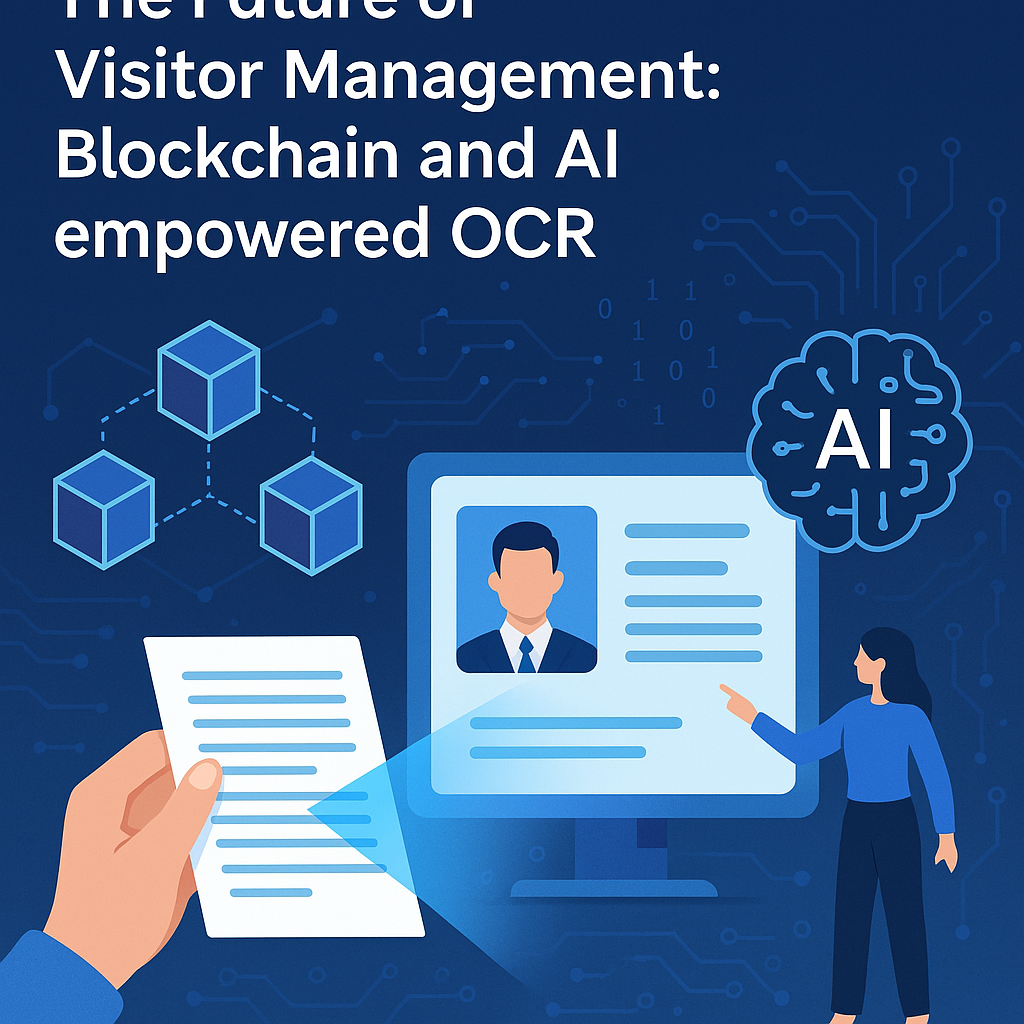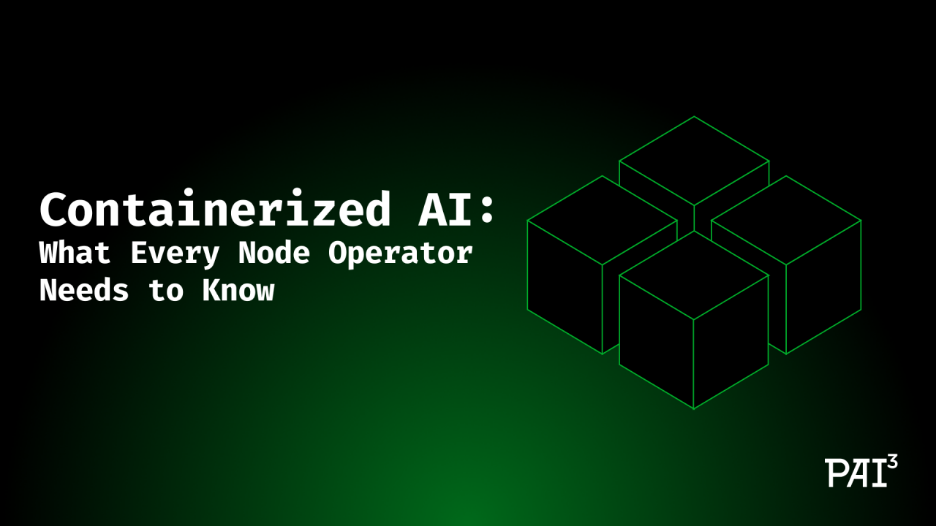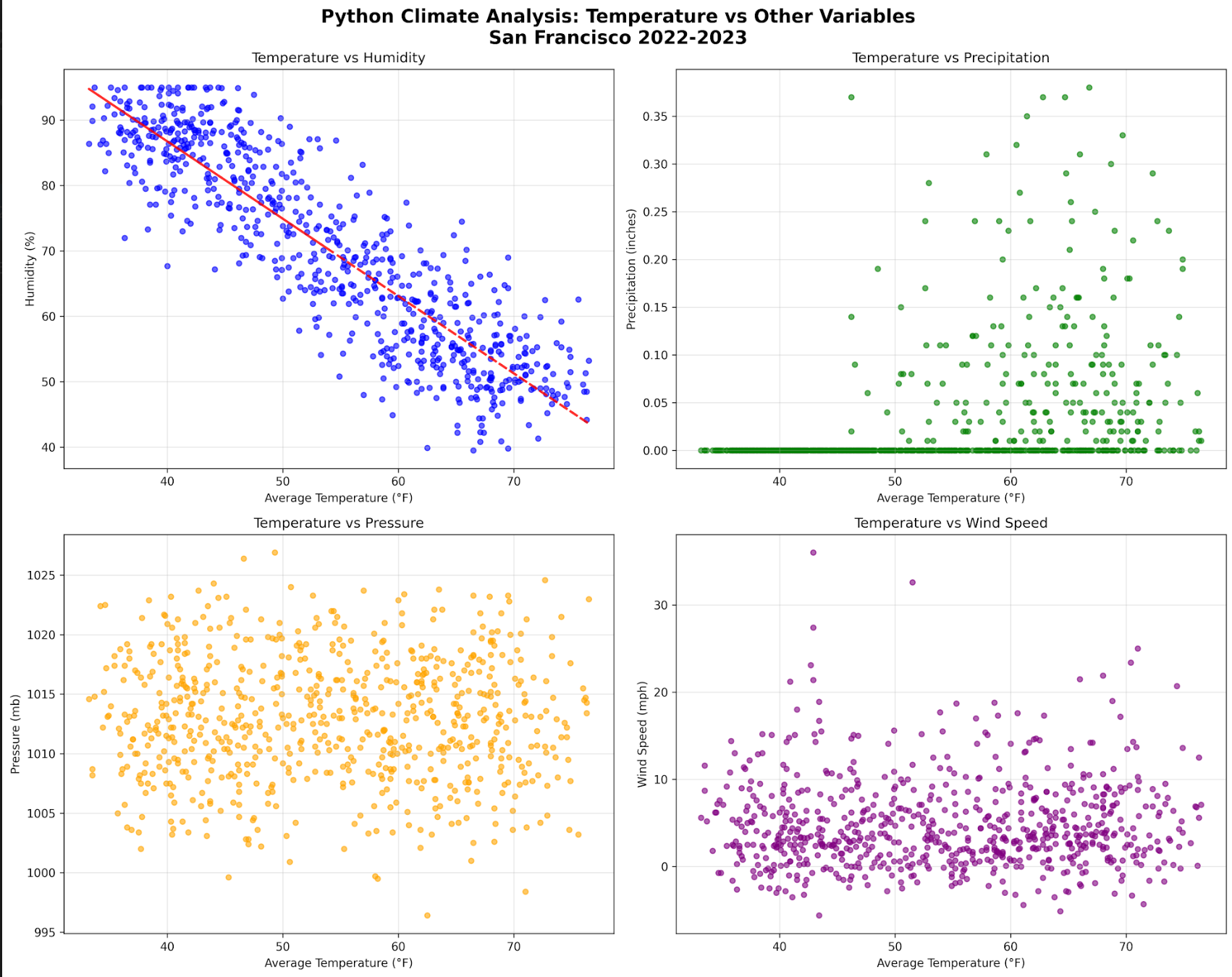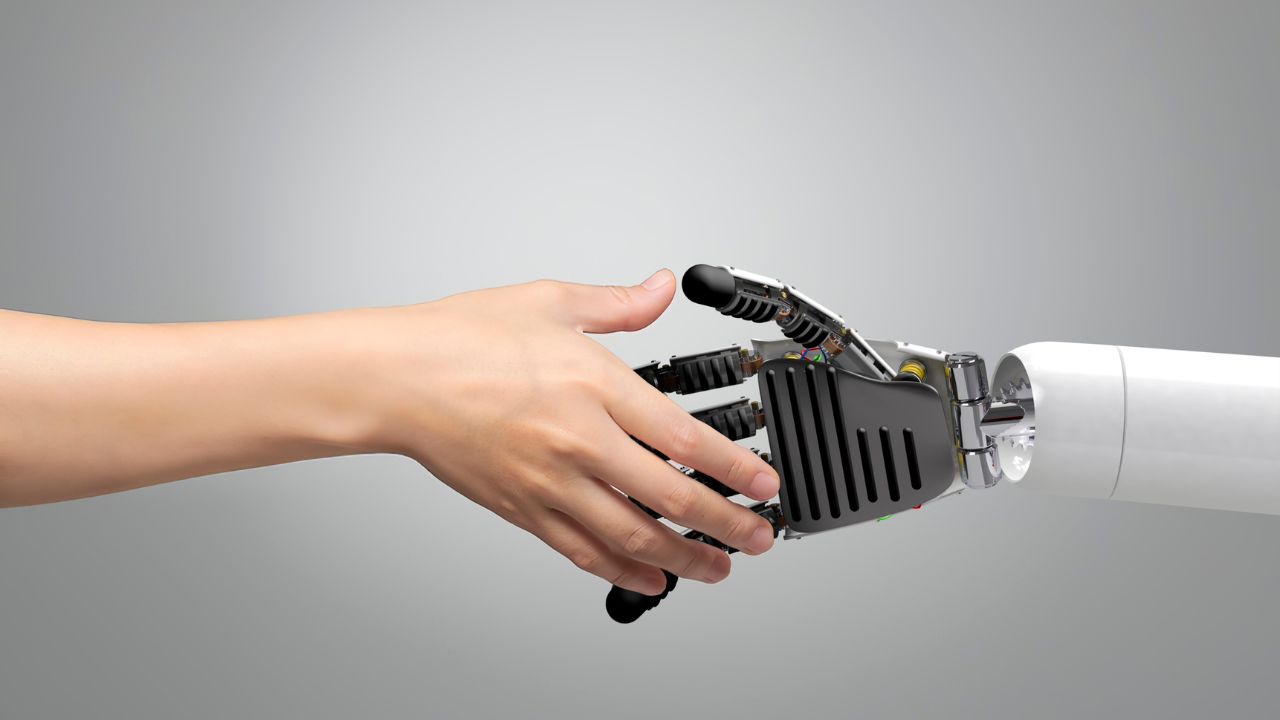
World Models: Machines That actually “Think”
Discover how advanced AI systems, often dubbed world models, are set to revolutionize the way machines interpret and interact with their environment. Dive deep into the underpinnings of machine cognition and explore practical applications.
Dev Orbit
July 27, 2025
Introduction
As artificial intelligence continues to evolve, the advent of sophisticated models that can simulate and understand the world is transforming technology at an unprecedented pace. One of the most critical developments in this realm is the emergence of machines that can “think” through advanced world models. With the unveiling of innovations like GPT-5, understanding how machines replicate human-like reasoning becomes essential for developers and AI engineers alike. This article promises to explore the intricate workings of these models, revealing their importance, practical applications, and how they pave the way for the future of intelligent systems.
Understanding World Models
World models are a fundamental concept in the field of AI, serving as a bridge between data processing and advanced reasoning capabilities. At their core, world models allow machines to build a representation of the world based on their experiences and input data.
The Concept of World Models:
World models can be described as internal representations that AI systems create to imitate human cognition. They enable robots and software to model real-world dynamics, effectively predicting outcomes of actions based on inputs. These models offer significant advantages:
They enhance decision-making by simulating various scenarios.
They allow for the extrapolation of knowledge beyond direct experience.
They improve efficiency in learning tasks through planning and foresight.
Example: Consider an autonomous vehicle that must navigate through city streets. By employing a world model, it can visualize potential routes, react to unpredictable obstacles, and plan accordingly—all similar to how a human driver would.
Technical Foundations of World Models
The architecture of world models involves multiple layers of technology, integrating various cognitive processes and algorithms to enhance their functionality. Central to this is the use of neural networks, particularly deep learning techniques, which allow machines to digest vast datasets and learn intricate patterns.
Key Components of World Models:
Perception: This involves capturing data through sensors or inputs, enabling the machine to understand the environment.
Representation: The AI then creates internal models based on the collected data, which can be visual, auditory, or based on other modalities.
Planning: Utilizing these representations, world models can simulate potential outcomes, evaluate risks, and optimize decision-making.
Learning: They continually refine their models based on new experiences, adapting to changes in their external environment.
This layered approach reflects a simplified version of human cognitive processes, where perception and experience lead to knowledge formation and informed decision-making.
Applications of World Models in AI
The implications of world models stretch across various sectors, revolutionizing industries by increasing efficiency and improving user experiences. Here are a few areas where these models are making significant strides:
Healthcare: In medical diagnostics, world models help AI systems simulate disease progression, enabling tailored treatment plans. Through analyzing patient data, AI can predict outcomes and suggest interventions, improving patient care.
Robotics: Advanced robotics harness world models for navigation, learning tasks, and performing complex activities in dynamic environments. Robots equipped with these models can adapt to unforeseen challenges, becoming more autonomous.
Finance: In financial markets, world models can simulate market conditions and user behaviors, allowing for advanced predictive analytics and risk assessment. These applications lead to more informed investment strategies and optimal resource allocation.
Gaming: In video game development, world models enrich the gaming experience by providing intelligent NPC (non-playable character) behaviors. These characters can learn from player actions, making gameplay more engaging and realistic.
Smart Cities: World models are employed in urban planning to optimize traffic flow, energy use, and resource distribution. By simulating various scenarios, city planners can make data-driven decisions that enhance livability and sustainability.
Real-world applications illustrate the adaptability and transformative power of world models, showcasing their potential to reshape not only industries but also daily life.
Challenges and Limitations of World Models
Despite their robust capabilities, world models face several challenges and limitations that developers and engineers must address. Understanding these pitfalls is crucial for the effective implementation of this technology:
Data Quality: The performance of world models heavily relies on the quality and volume of data. Biases in the data can result in flawed predictions and decision-making. Ensuring clean, representative datasets is essential for effective training.
Computational Resources: Training advanced world models often requires substantial computational power and memory. Smaller organizations may struggle to implement these technologies due to resource constraints.
Complexity and Transparency: The algorithms powering these world models can be incredibly complex, making it difficult to interpret how decisions are made. This opaqueness poses ethical concerns, particularly in sensitive areas like criminal justice and healthcare.
Adaptability: While world models can learn from their environments, they may struggle to adapt to unprecedented situations without prior data. The inability to generalize can limit their effectiveness in dynamic settings.
Addressing these challenges will be crucial as the field of AI continues to innovate and world models become more integrated into everyday applications.
Bonus/Advanced Tips for Implementing World Models
For developers and AI engineers looking to integrate world models into their projects, here are some advanced tips:
Choose the Right Framework: Utilize AI frameworks that support modular design, allowing easy updates and improvements to your models as new research emerges. Popular frameworks include TensorFlow and PyTorch.
Focus on Data Diversity: To enhance the robustness of your world models, collect diverse datasets that cover varying scenarios and edge cases. This diversity improves the model's generalization capabilities.
Monitor for Bias: Implement continuous monitoring for potential biases in model predictions. Regular audits and retraining can help maintain fairness and accuracy in outputs.
Leverage Transfer Learning: Use pre-trained models and adapt them to your specific needs through transfer learning. This practice can save time and resources while enhancing model performance.
Implement Explainability Tools: To address transparency concerns, incorporate explainable AI techniques that allow users to understand the decision-making processes behind world models.
By adhering to these best practices, developers can create more reliable, efficient, and ethical world models that fulfill their intended purposes with greater success.
Conclusion
World models are a groundbreaking evolution in artificial intelligence, offering machines the capability to understand and learn from their environments in almost human-like ways. As we have explored, they play a crucial role in various sectors, from healthcare to robotics, providing intelligent solutions that enhance efficiency and user experience. By recognizing the challenges faced and following best practices in implementation, developers can harness the power of these cognitive systems to revolutionize applications and pave the way for future innovations. We encourage you to comment below, sharing your thoughts on world models, or to share this post to help others understand their significance.

Enjoyed this article?
Subscribe to our newsletter and never miss out on new articles and updates.
More from Dev Orbit

Event-Driven Architecture in Node.js
Event Driven Architecture (EDA) has emerged as a powerful paradigm for building scalable, responsive, and loosely coupled systems. In Node.js, EDA plays a pivotal role, leveraging its asynchronous nature and event-driven capabilities to create efficient and robust applications. Let’s delve into the intricacies of Event-Driven Architecture in Node.js exploring its core concepts, benefits, and practical examples.

Redefining Customer Care at Travelgate: Our Journey to AI-Driven Support
In today’s fast-paced world, customer expectations are constantly evolving, making it crucial for companies to adapt their support strategies. At Travelgate, we've embarked on a transformative journey to redefine customer care through advanced AI systems, driven by GPT-5 technology. This article details our experiences, lessons learned, and how AI solutions have revolutionized our customer support while enhancing user satisfaction and operational efficiency.

Top AI Tools to Skyrocket Your Team’s Productivity in 2025
As we embrace a new era of technology, the reliance on Artificial Intelligence (AI) is becoming paramount for teams aiming for high productivity. This blog will dive into the top-tier AI tools anticipated for 2025, empowering your team to automate mundane tasks, streamline workflows, and unleash their creativity. Read on to discover how these innovations can revolutionize your workplace and maximize efficiency.

The Future of Visitor Management: Blockchain and AI empowered OCR
In this evolving technological landscape, visitor management is set to undergo a transformation. Discover how the convergence of blockchain technology and AI-enabled Optical Character Recognition (OCR) can reshape the future of security, efficiency, and user experience in visitor management systems, paving the way for a seamless integration of data and personnel management.

🕵️♂️ Mastering Stealth Web Scraping in 2025: Proxies, Evasion and Real-World Techniques
A 2025 Guide to Evading Bot Detection with Playwright, Proxies and Human-Like Behavior

Mastering Git Hooks for Automated Code Quality Checks and CI/CD Efficiency
Automate code quality and streamline your CI/CD pipelines with Git hooks. This step-by-step tutorial shows full-stack developers, DevOps engineers, and team leads how to implement automated checks at the source — before bad code ever hits your repositories.
Releted Blogs

Data Validation in Machine Learning Pipelines: Catching Bad Data Before It Breaks Your Model
In the rapidly evolving landscape of machine learning, ensuring data quality is paramount. Data validation acts as a safeguard, helping data scientists and engineers catch errors before they compromise model performance. This article delves into the importance of data validation, various techniques to implement it, and best practices for creating robust machine learning pipelines. We will explore real-world case studies, industry trends, and practical advice to enhance your understanding and implementation of data validation.

Containerized AI: What Every Node Operator Needs to Know
In the rapidly evolving landscape of artificial intelligence, containerization has emerged as a crucial methodology for deploying AI models efficiently. For node operators, understanding the interplay between containers and AI systems can unlock substantial benefits in scalability and resource management. In this guide, we'll delve into what every node operator needs to be aware of when integrating containerized AI into their operations, from foundational concepts to practical considerations.

You’re Using ChatGPT Wrong: Try This Underground Prompting Method Instead
Unlock the full potential of ChatGPT with innovative prompting techniques that elevate your conversations and outputs. Learn how to interact with AI like a pro by diving deep into unique and effective methods that go beyond typical usage. This post unveils the underground prompting strategies that can lead to richer, more contextual AI interactions.

Python vs R vs SQL: Choosing Your Climate Data Stack
Delve into the intricacies of data analysis within climate science by exploring the comparative strengths of Python, R and SQL. This article will guide you through selecting the right tools for your climate data needs, ensuring efficient handling of complex datasets.

AI Is Reshaping Jobs — and That Could Hit You Hard
As artificial intelligence continues to evolve, its impact on the job market is growing more profound each day. In this article, we will explore how AI technologies like GPT-5 are transforming various industries, the potential risks for workers, and actionable steps to navigate this changing landscape. From automation to the creation of new job roles, we will offer insights that every professional should be aware of to remain competitive in the era of AI.

Why Most People Waste Their AI Prompts ? How to Fix It...
In the current landscape of AI technology, many users struggle with crafting effective prompts. This article explores common pitfalls and offers actionable strategies to unlock the true potential of AI tools like GPT-5.
Have a story to tell?
Join our community of writers and share your insights with the world.
Start Writing